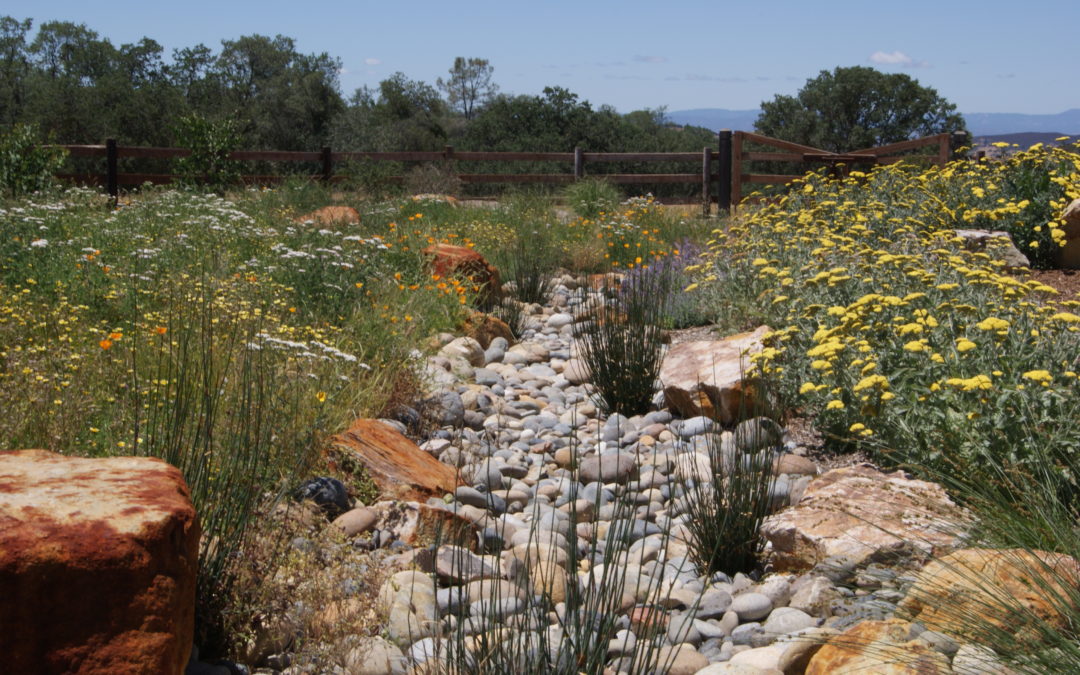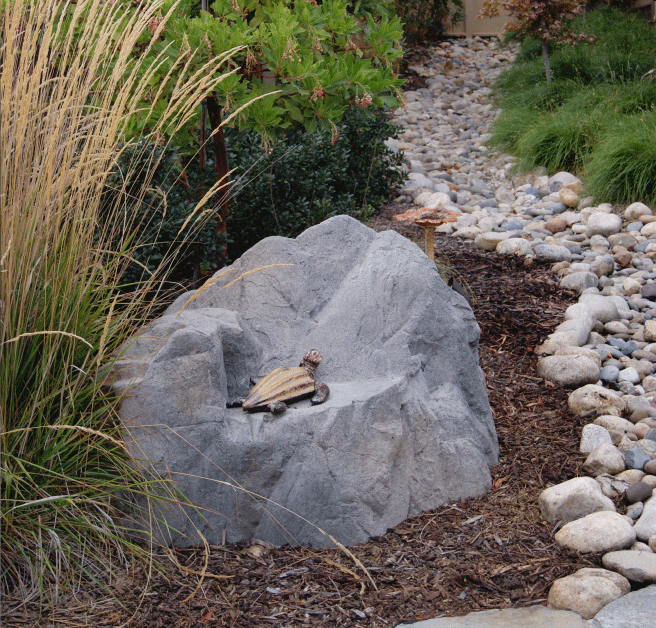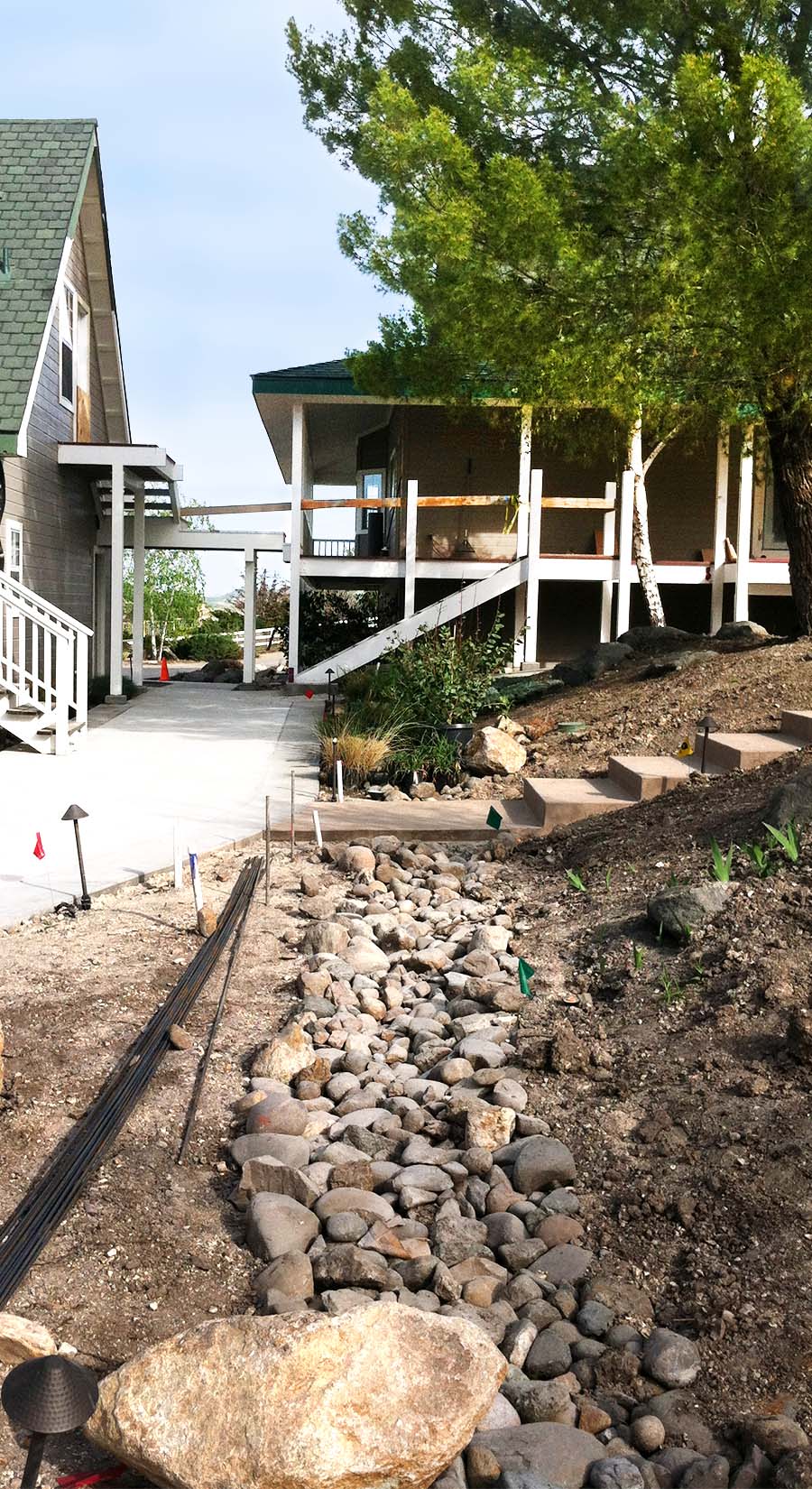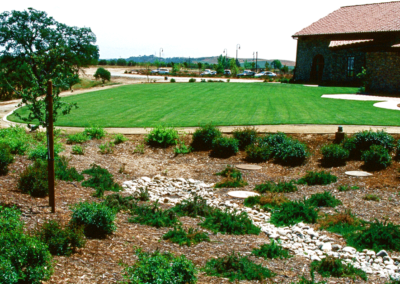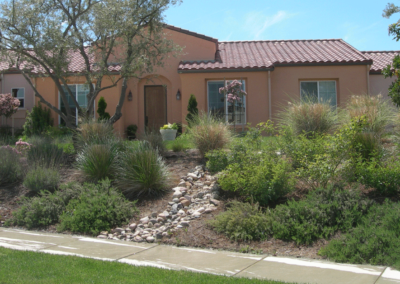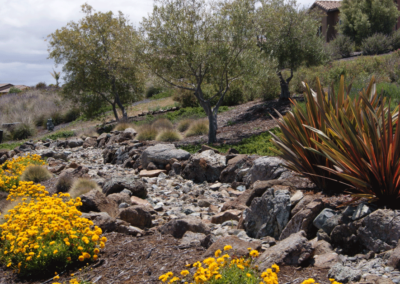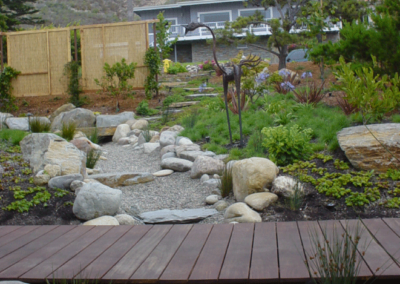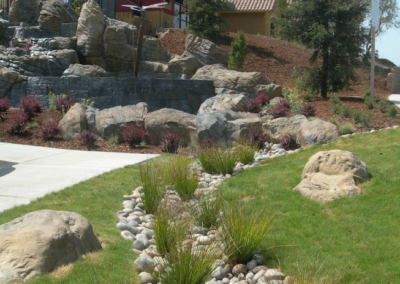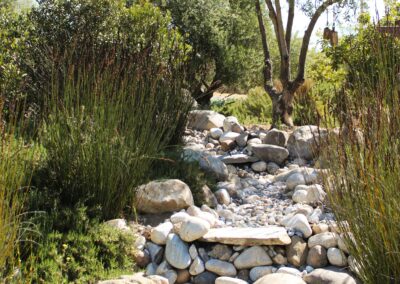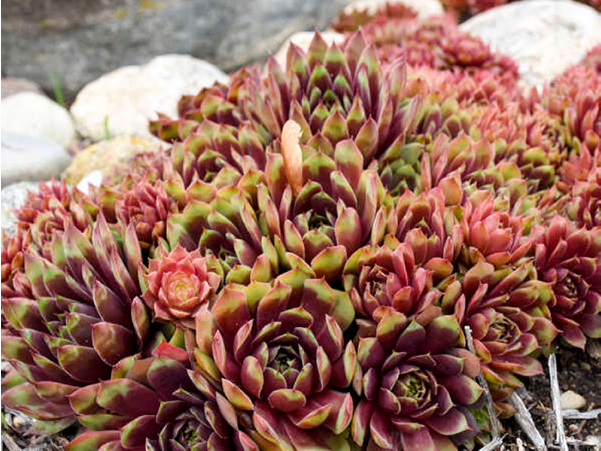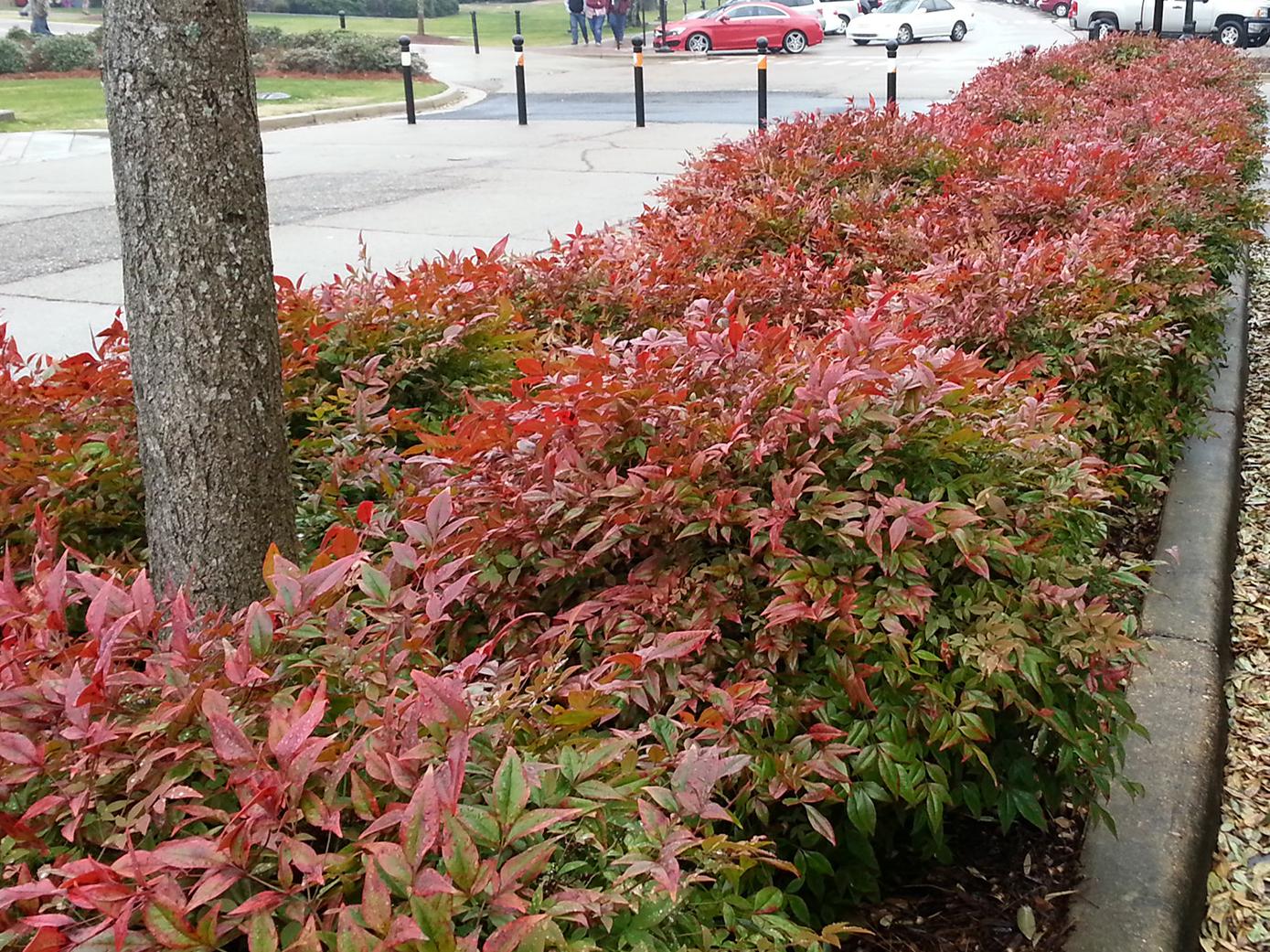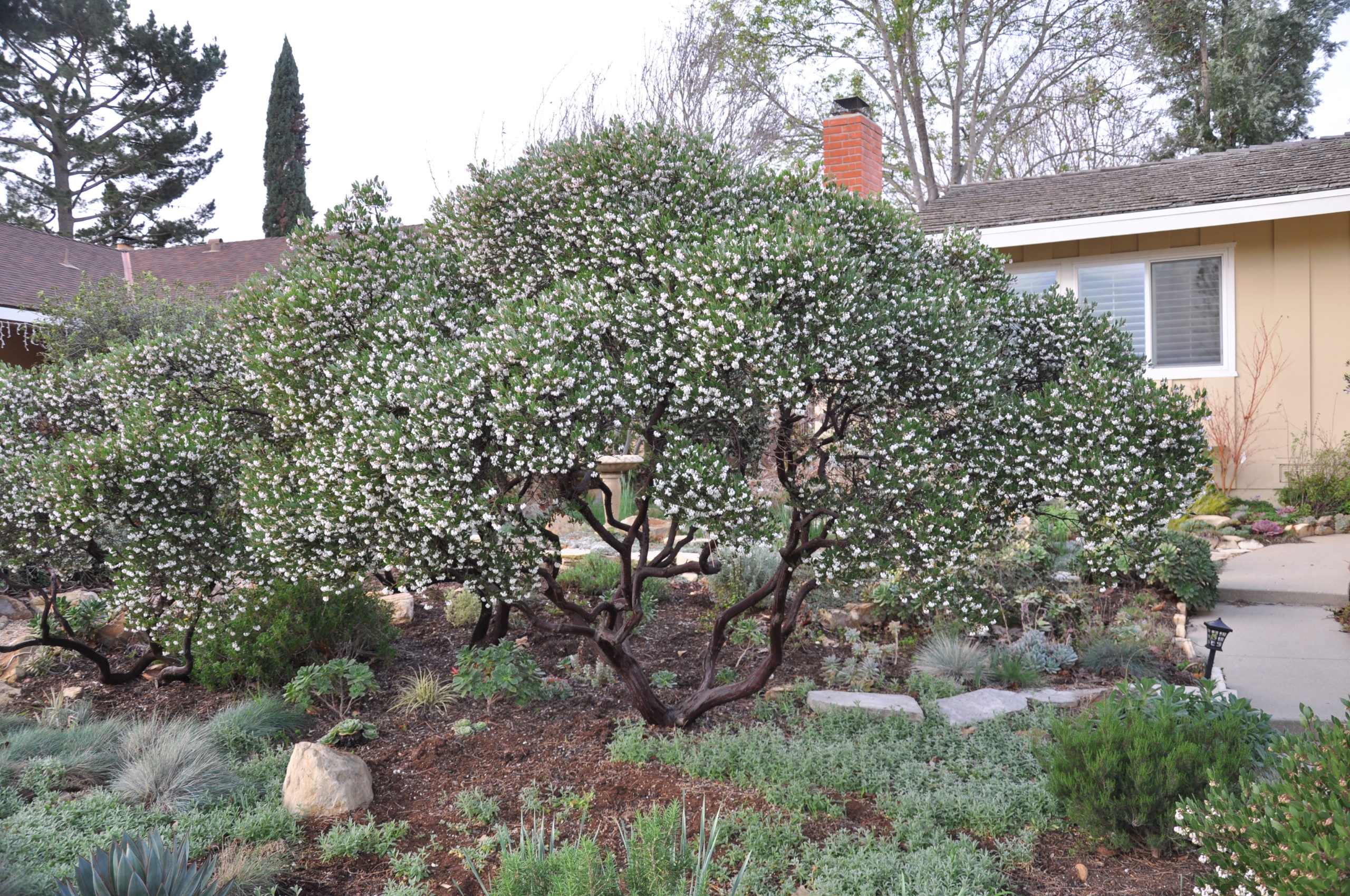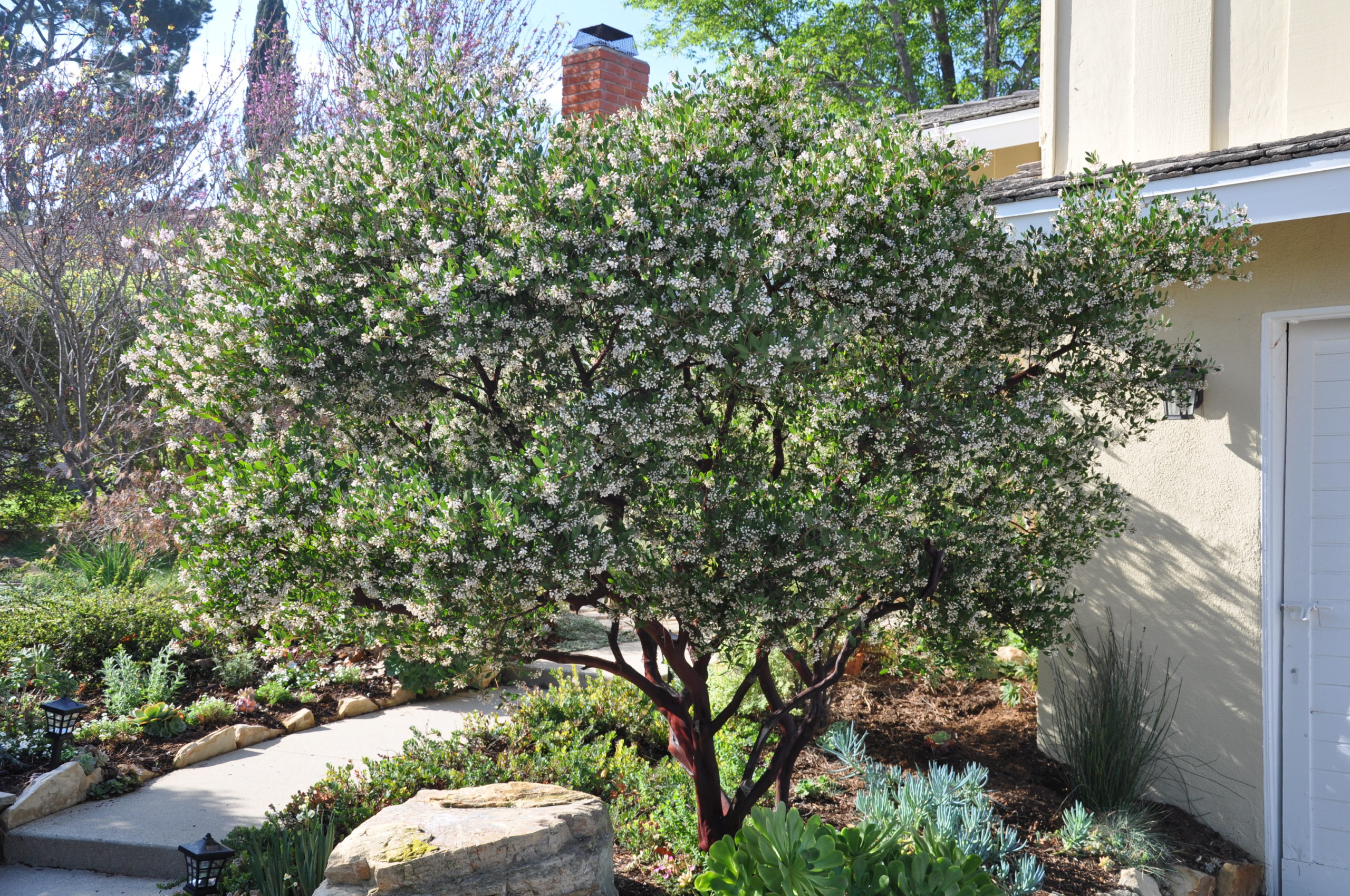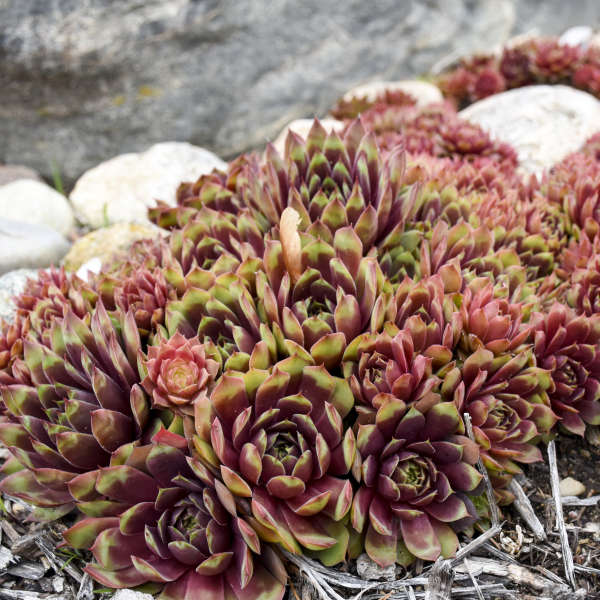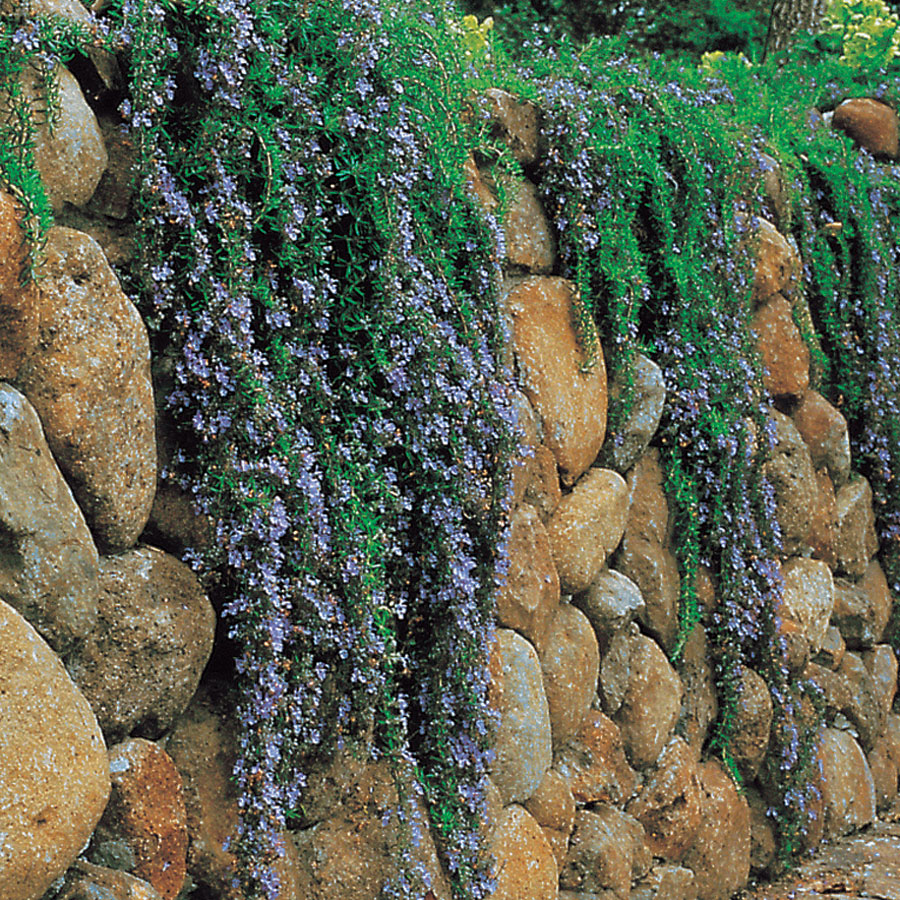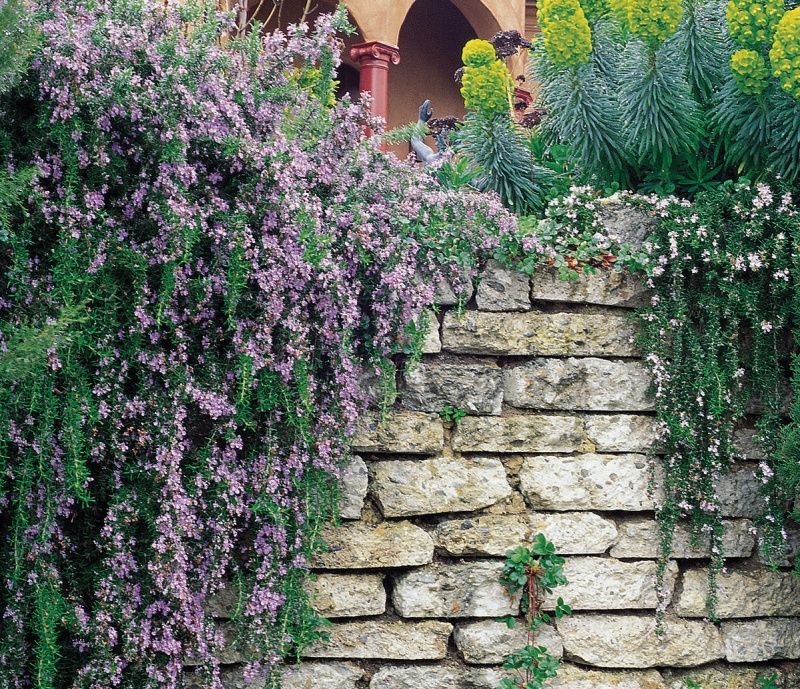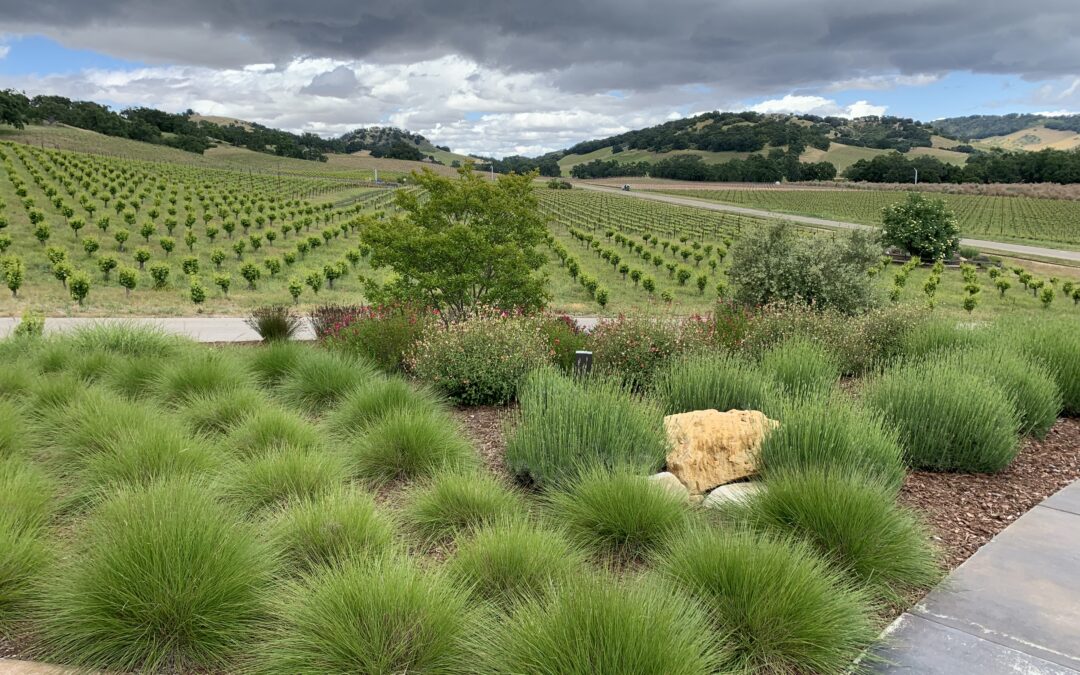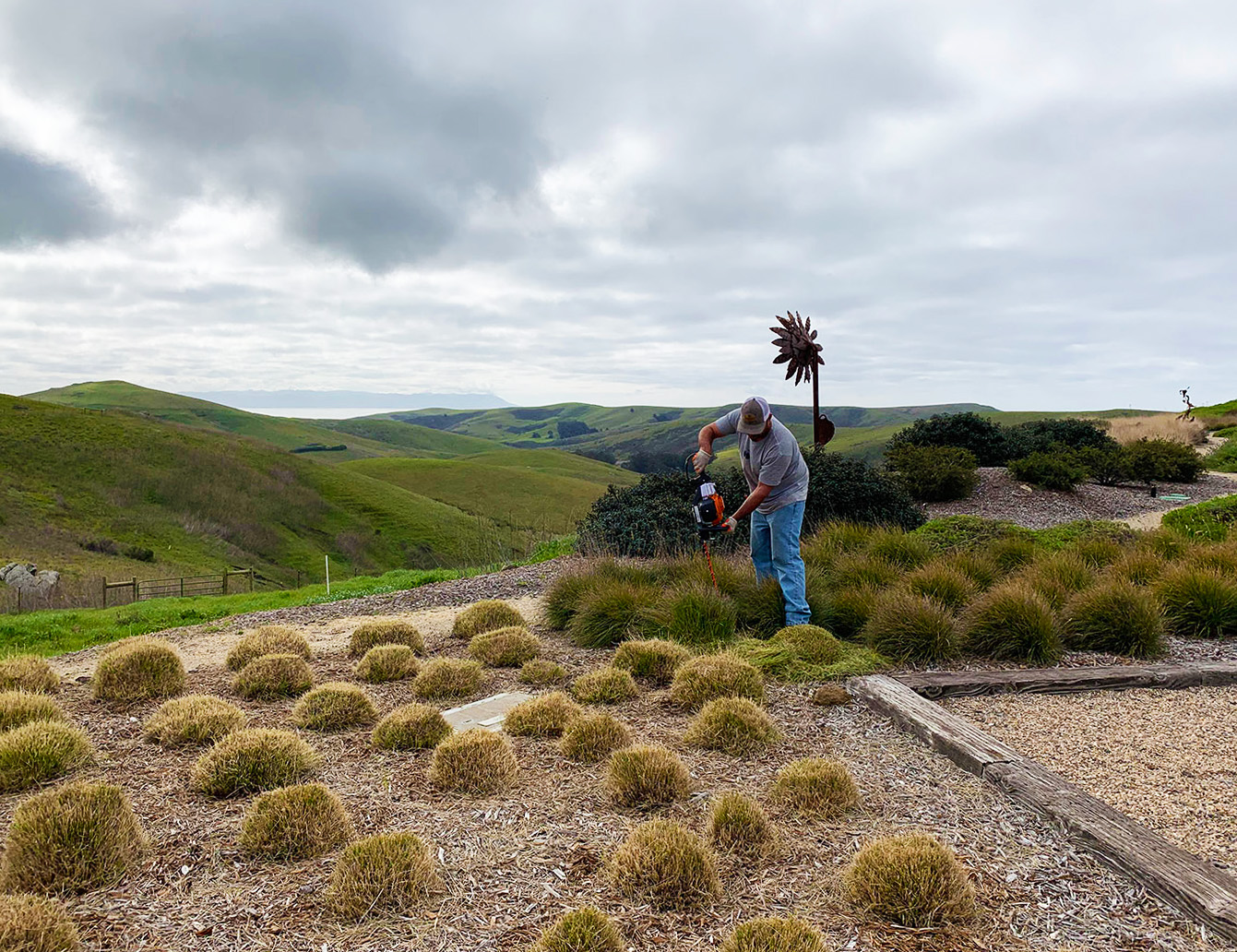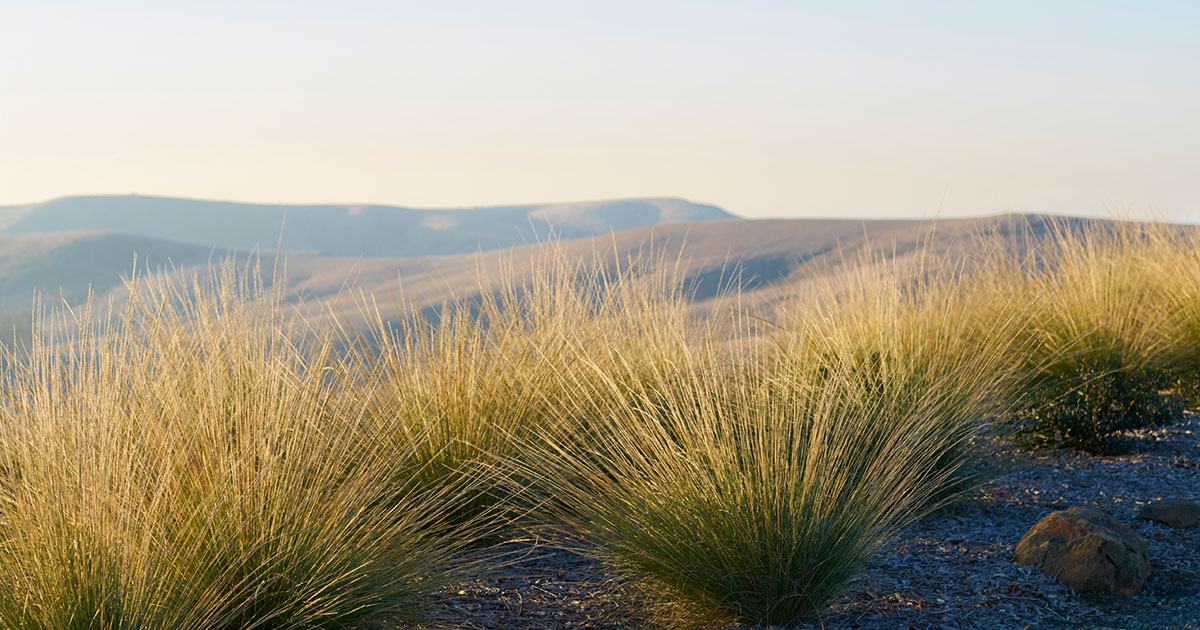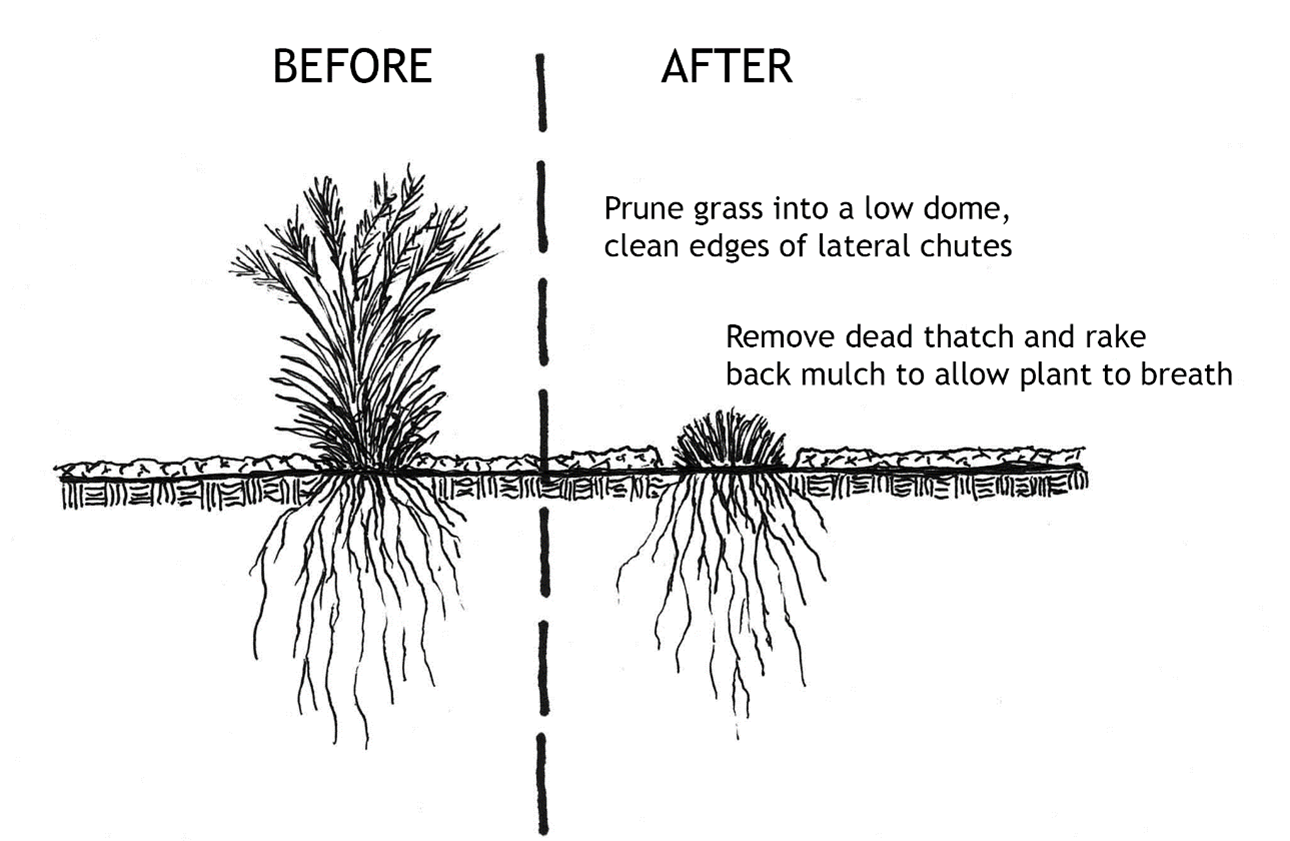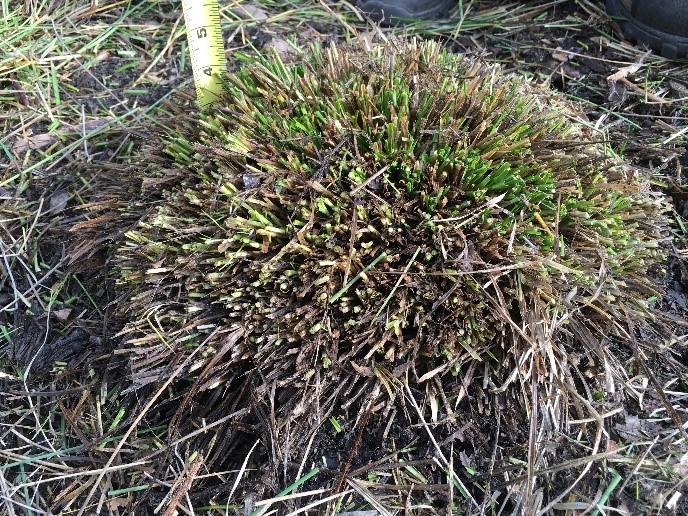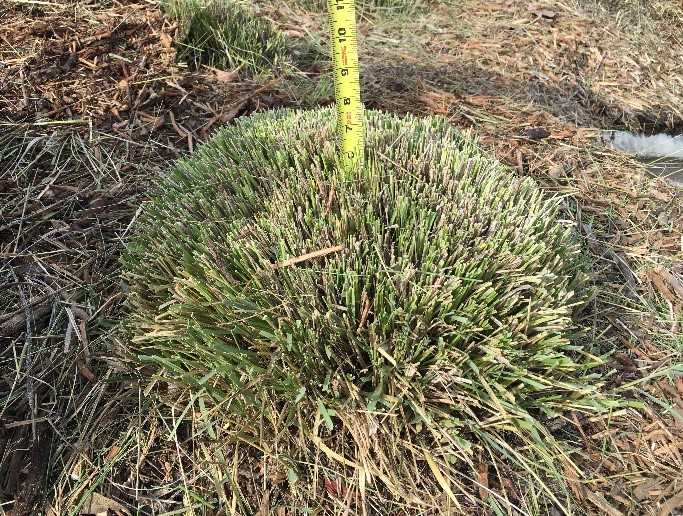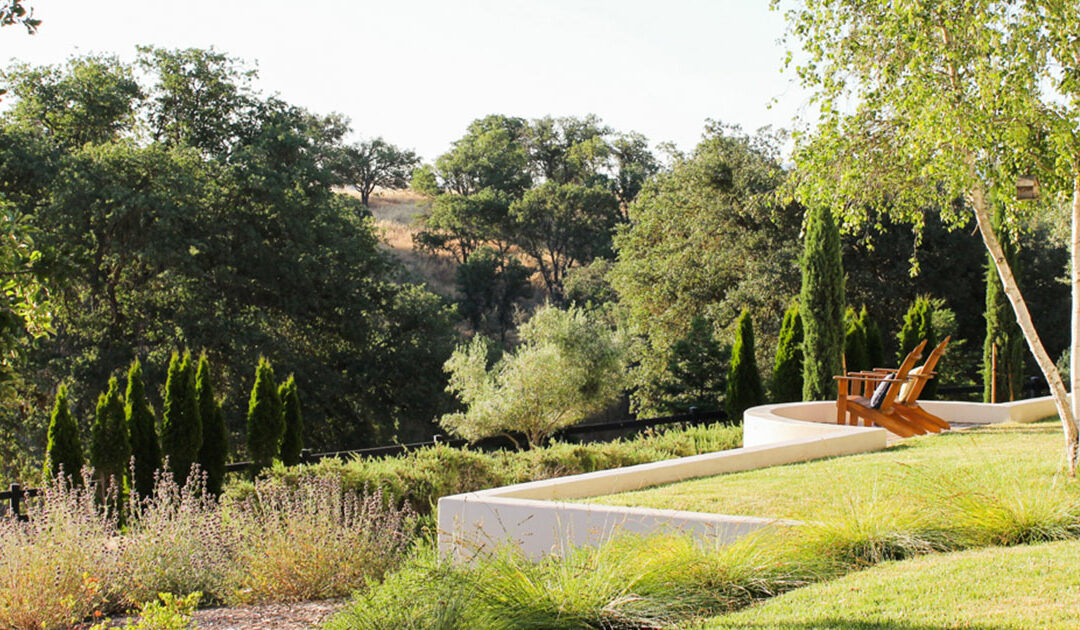
Apr 10, 2024
Bring the Mediterranean Magic to Your Central Coast Landscape This Spring!
Spring has sprung on the Central Coast, and with it comes the urge to refresh and revitalize your outdoor space. Here at Madrone Landscape, we understand your desire to create a beautiful and flourishing California haven.
Did you know that our region shares a unique climate with several other parts of the world? This “Mediterranean climate,” characterized by mild, wet winters and warm, dry summers, is found in California, Central Chile, the Mediterranean Basin, South Africa’s Cape Region, and Southwestern Australia. This common thread opens a door to a world of stunning plant possibilities for your Central Coast garden.
Why Consider Mediterranean Plants?
- Climate-Smart: Plants from these regions are naturally adapted to thrive in conditions similar to ours, requiring less maintenance and water.
- Year-Round Beauty: Many Mediterranean plants boast vibrant flowers and attractive foliage, extending the visual interest of your landscape throughout the year.
- Unique Selection: Explore a diverse range of plants beyond the typical California natives, adding a touch of the exotic to your garden.
5 Eye-Catching Mediterranean Plants for Your Spring Landscape
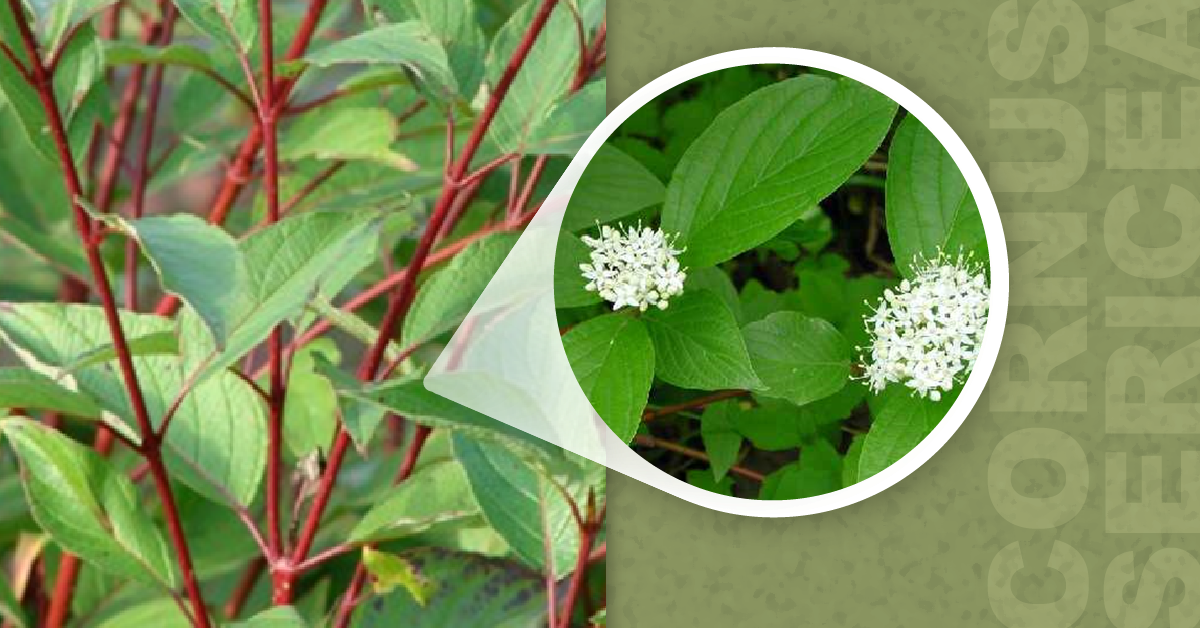
1. California Native Cornus sericea (Creek Dogwood)
- Eye-catching Feature: Vibrant red stems that add winter interest.
- Growth Habit: Deciduous shrub, reaching 8-12 feet tall and wide.
- Blooms: Clusters of creamy white flowers in spring and summer.
- Light Preference: Partial shade.
- Water Needs: Moderate watering, especially during dry months.
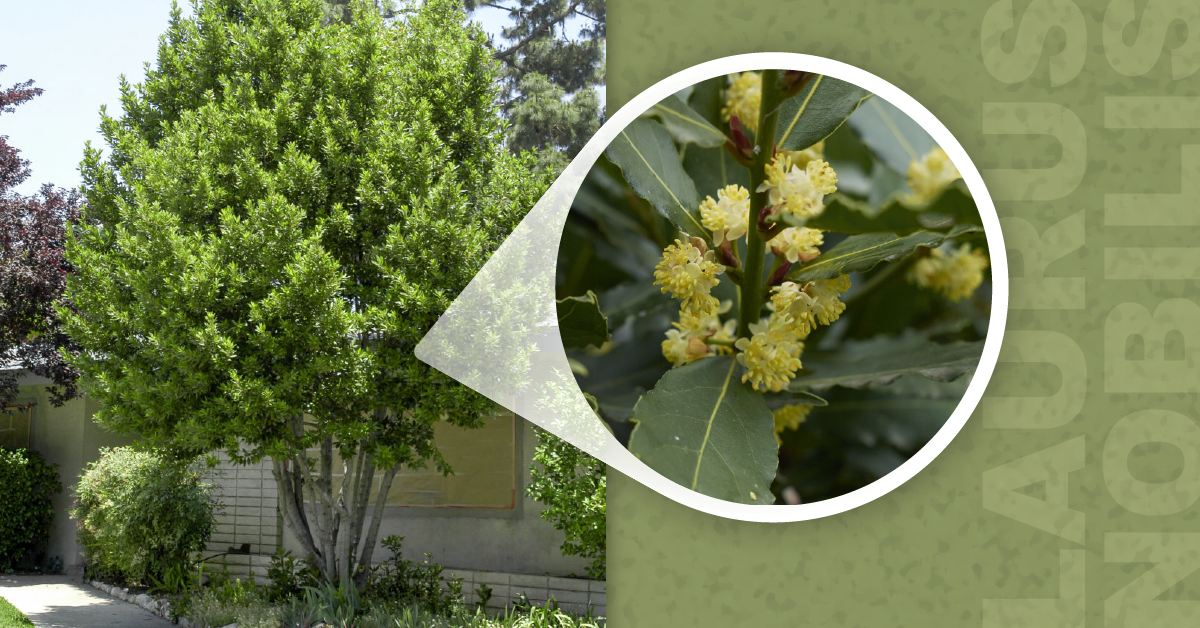
2. Mediterranean Basin – Laurus nobilis (Sweet Bay)
- Perfect For: An aromatic evergreen tree with culinary uses.
- Growth Habit: Reaches 20-30 feet tall and 20 feet wide.
- Blooms: Small yellow flowers in spring, followed by deep purple berries.
- Deer Resistant? Yes!
- Water Needs: Low water user once established.
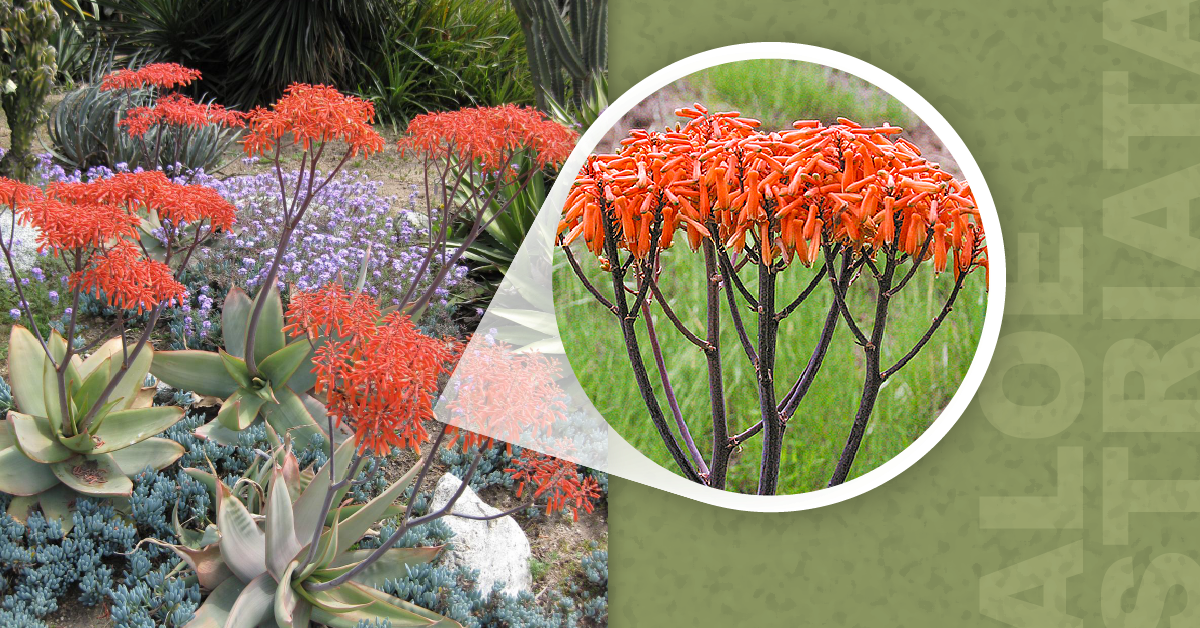
3. South Africa – Aloe striata (Coral Aloe)
- Standout Feature: Brilliant coral-pink to orange flowers in spring.
- Growth Habit: Succulent with a 2-foot-wide rosette of broad, pale green leaves.
- Light Preference: Full sun.
- Water Needs: Minimal water required.
- Attracts: Hummingbirds.
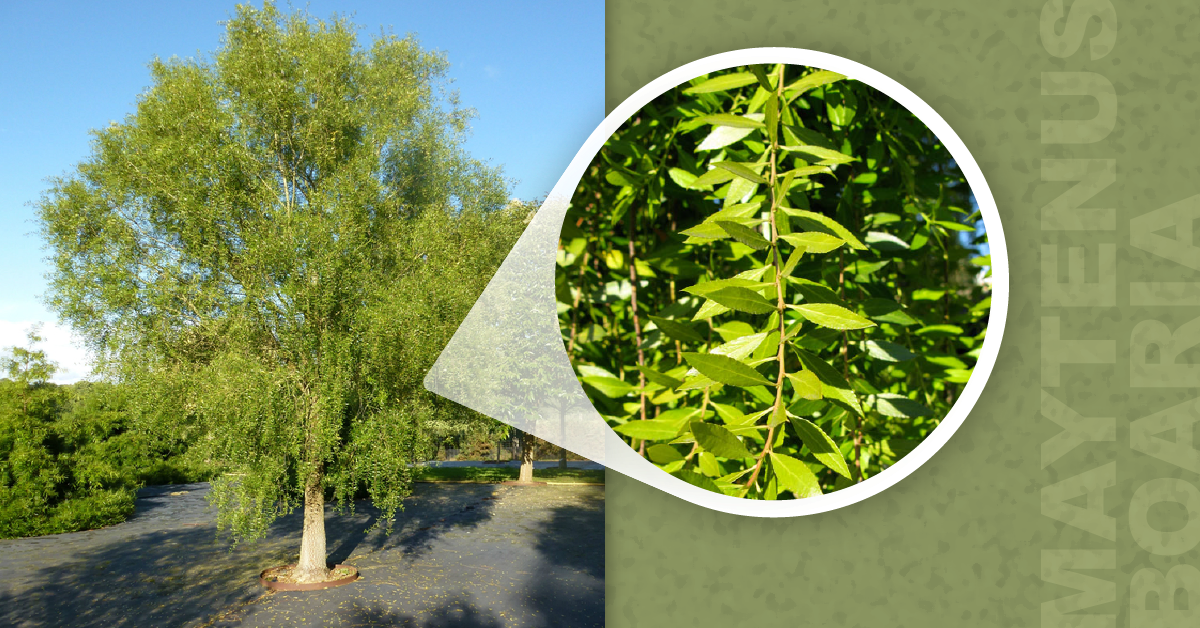
4. Central Chile – Maytenus boaria (Maytens Tree)
- Unique Characteristic: Graceful weeping form with light green, evergreen foliage.
- Growth Habit: Small tree reaching over 30 feet tall.
- Blooms: Tiny, inconspicuous spring flowers.
- Light and Water: Full sun and ample summer water.

5. Southwestern Australia – Grevillea ‘Canberra Gem’ (Spider Flower)
- Multi-Functional: Provides beauty and acts as a barrier plant.
- Growth Habit: Shrub reaching 8 feet tall and 12 feet wide.
- Blooms: Red flower clusters starting in early spring and blooming intermittently.
- Attracts: Butterflies and birds.
- Water Needs: Occasional deep soakings, prefers good drainage.
Ready to Breathe Life into Your Landscape?
The experts at Madrone Landscape can help you design and create a flourishing California-Mediterranean paradise. Contact us today for a consultation and let’s transform your outdoor space into a stunning oasis! Email [email protected] or call (805) 466-6263.

Nov 6, 2023
Autumn Brilliance: Elevate Your Central Coast Landscape with Seasonal Color
Embrace the cooler season on the Central Coast with a vibrant autumn landscape. The shift to fall brings a flourish of foliage that turns your garden into a canvas of warm colors. Madrone Landscape specializes in plants that promise a vivid display as the temperatures drop. Let’s explore our top picks that guarantee a vibrant autumn landscape.
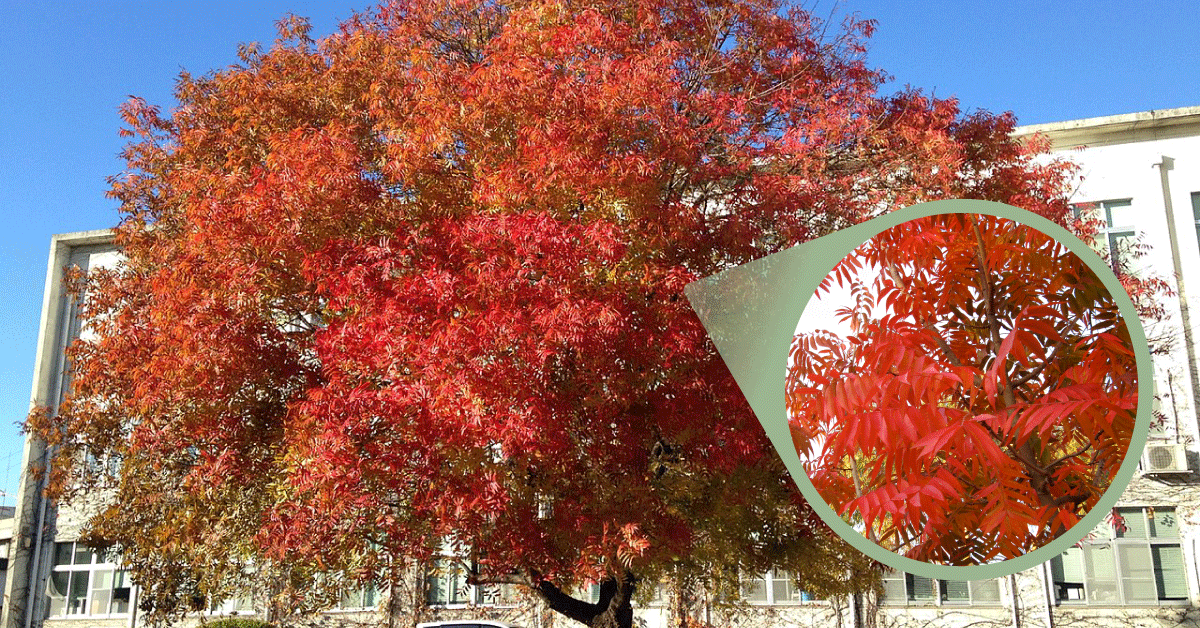
Chinese Pistache (Pistacia chinensis)
Thriving in sunny spots, the Chinese Pistache shines with drought-resistant qualities. As temperatures dip, its foliage erupts into a fiery blend of orange and red hues. The tree’s October berries are a gift to the local wildlife, while its balanced, symmetrical form makes for an exquisite focal point in any garden.
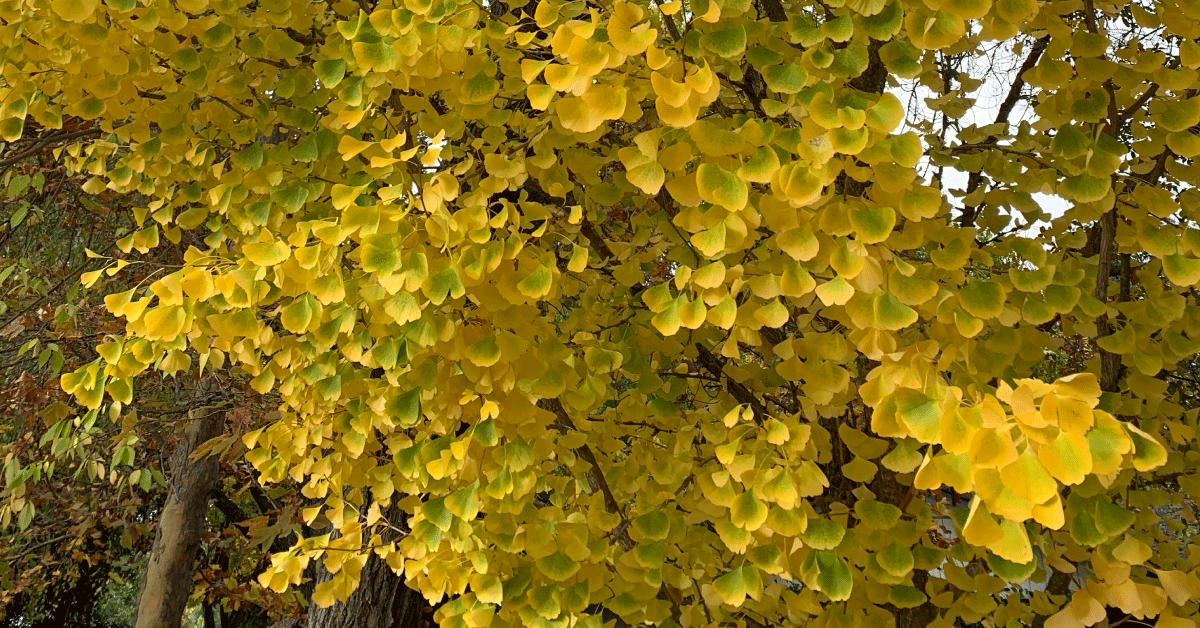
Maidenhair Tree (Ginkgo biloba “Autumn Gold”)
With fan-shaped leaves that turn a luminous yellow, the Ginkgo biloba “Autumn Gold” becomes the highlight of a vibrant autumn landscape. This tree’s golden foliage creates a stunning contrast, especially when paired with the fiery backdrop of other autumnal shades.
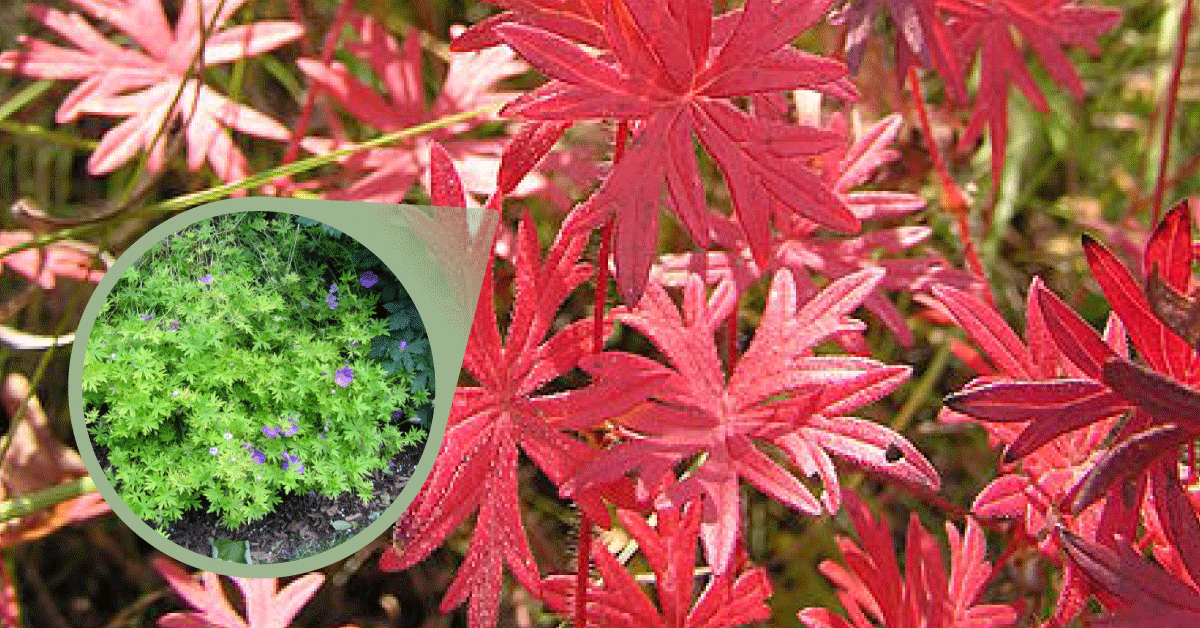
Bloody Geranium (Geranium sanguineum)
Beyond its vibrant magenta blooms in the warmer months, the Bloody Geranium’s foliage takes on a crimson coloration in fall, living up to its name. Its delightful leaf shape offers a bushy accent or a sprawling ground cover that keeps your garden lively through the seasons.
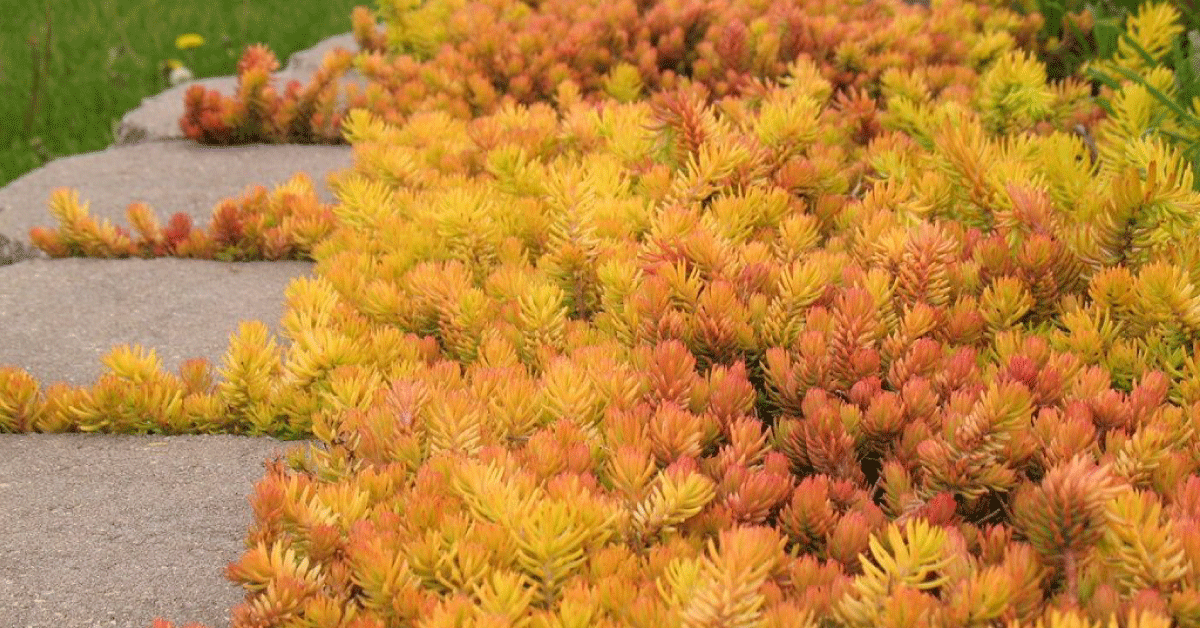
Golden Stonecrop (Sedum reflexum “Angelina”)
This resilient succulent maintains a sunny disposition year-round, which intensifies into a rich gold with the chill of fall. Ideal for rocky soils, Golden Stonecrop is a fuss-free choice that keeps gardens bright and weed-free.
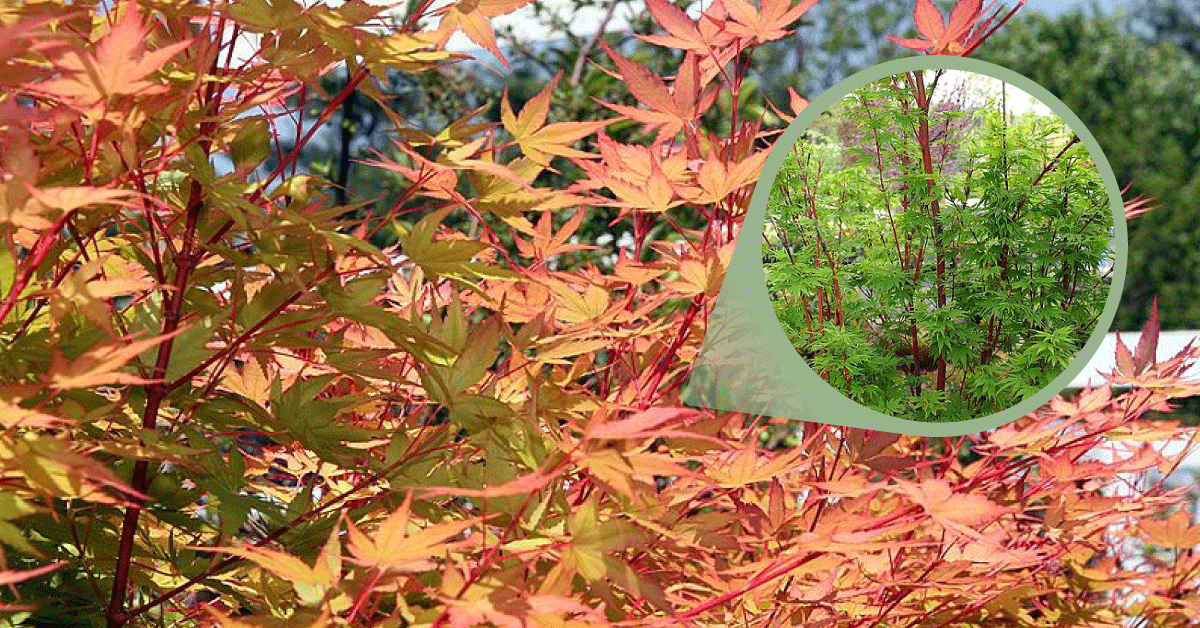
Coral Bark Japanese Maple (Acer palmatum “Sango Kaku”)
A twist on the beloved Japanese Maple, the ‘Sango Kaku’ variety captivates with its seasonal transformation. Lime-green leaves yield to golden tones and fall away to unveil a stunning red bark, providing a dramatic backdrop throughout the colder months.
Ready to elevate your landscape with these autumnal beauties? Reach out to our design team at Madrone Landscape at [email protected] or call us at (805) 466-6263 for a consultation. Transform your space into a seasonal spectacle.
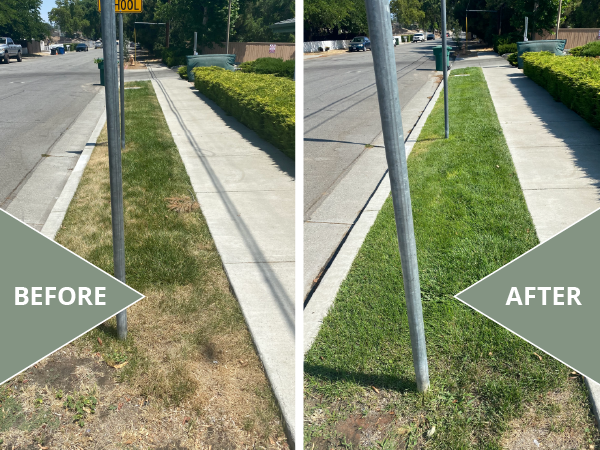
Aug 21, 2023
Paso Robles Youth Arts Academy’s lawn curb strip was slowly dying off. After four weeks of Moisture Manager treatment by Madrone Landscape, the curb strip is green again!
Beating the Summer Heat: Landscape Resilience with Moisture Manager Application
Summer brings soaring temperatures, along with the potential for parched lawns and burnt plants. While increasing watering might seem like the solution, it’s not always practical and can even run afoul of water conservation efforts. In this article, we explore a quick and affordable solution to conserve water and keep your lawn and plants green: moisture management.
Going Beneath the Surface: How Moisture Management Works for Your Landscape
Moisture management starts at the plant roots. Much of the moisture in your soil evaporates before your plants can make use of it. Moisture manager applications change the game by reducing water requirements. They create a protective film around plant and turf roots that attracts and captures water molecules, storing them on the root and soil surfaces. These droplets are then gradually released into your lawn, ensuring efficient water utilization.
Safe, Effective, and Easy: The Moisture Manager Product
The product used for moisture management comes in liquid or granule form. It’s both kid- and pet-friendly and doesn’t contain any toxic ingredients that could lead to runoff or groundwater contamination. Erik Gorham, Madrone’s Operations Manager, explains that applying the granules with a whirl spreader and immediately irrigating the treated area can yield visible improvements in turf color and seed germination in just one to two weeks.
Partnering for Plant Health: Year-Round Soil Moisture Management
Madrone, with its focus on water conservation, plant health, and aesthetics, offers a comprehensive approach to moisture management. The landscape maintenance teams can collaborate with homeowners and property managers to develop a year-round soil moisture management program. In cases of dry winters, Erik suggests establishing an application schedule where the crew visits two or three times a year to maintain optimal moisture levels and break the drought cycle in plants.
Saving Water, Money, and Maintaining Beauty: The Advantages of Moisture Management
Whether you’re a homeowner or property manager, there are numerous benefits to Madrone’s moisture management services. Their detail-oriented staff not only helps you save on your water bill but also ensures a beautiful, lush landscape year-round.
Contact Us for a Resilient Landscape
To discover more about Madrone’s maintenance services and how moisture management can benefit your landscape, reach out at [email protected] or call (805) 466-6263. Don’t let the summer heat wither your plants; instead, let moisture management keep them thriving.
